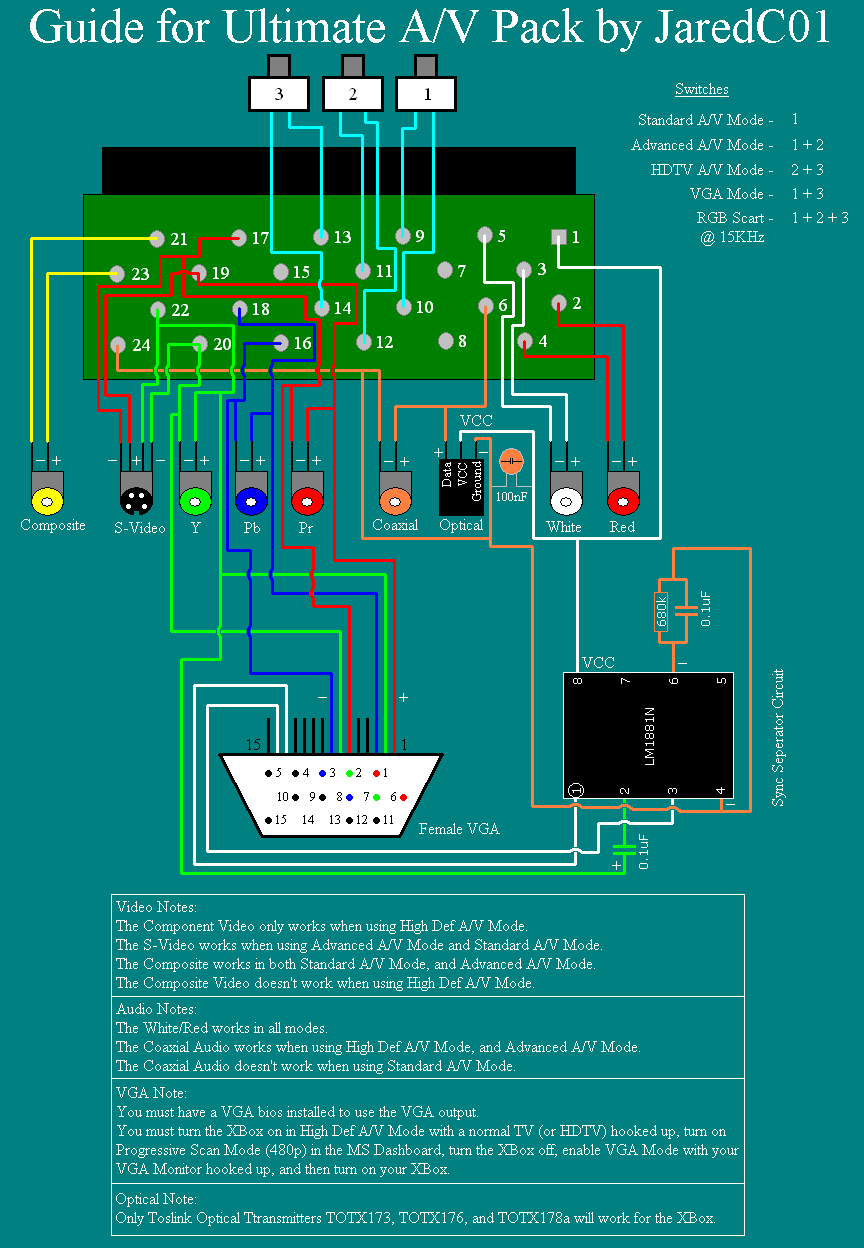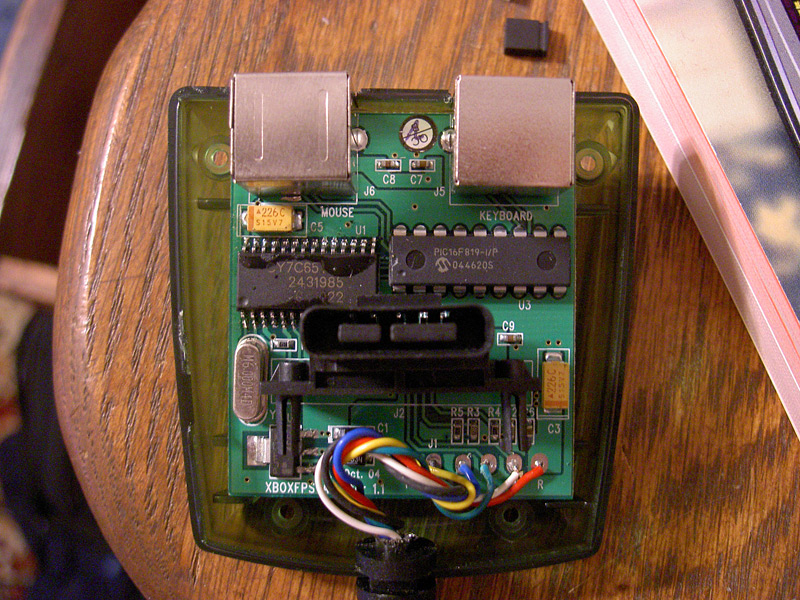iPod nano
September 8, 2005
Yesterday brought several new items from Apple, including a new iPod model, an iTunes compatible phone, and a slight upgrade to iTunes.
The new iPod, dubbed “nano,” is pencil thin but still sports the same features as it’s lager counterpart. The iPod mini is no more, and the iPod Photo is gone as well (or was the Photo part of the previous revision?). The new iPod lineup is simply: shuffle, nano, iPod, and U2 iPod. The nano is available in white or black. While I’ll have to see one in person to make the final decision, I think the black looks ultra sleek.
Apple partnered with Motorola to make the iTunes phone, however you can’t actually download music from the iTunes Music Store with it on the go. It just syncs music just as the iPods do, likely over USB. For the $250 the phone will run for, I’d much rather get a comparably priced iPod.

